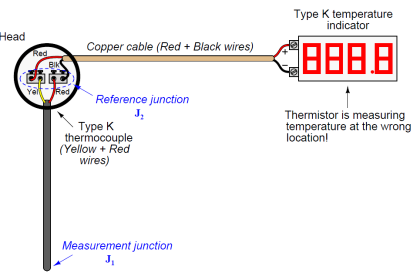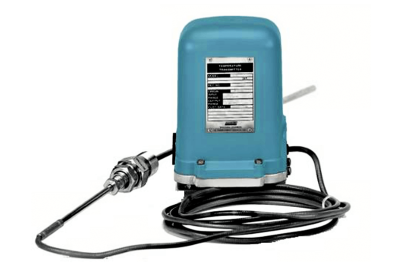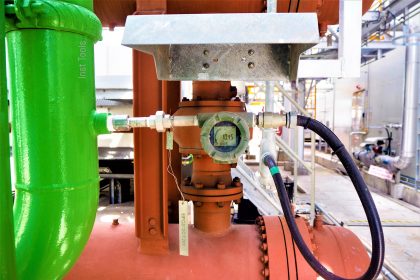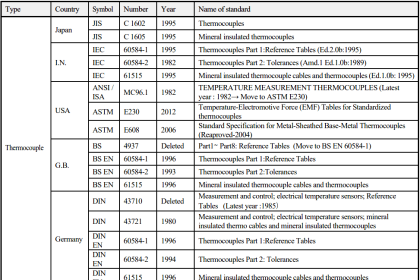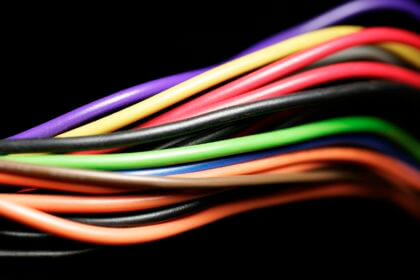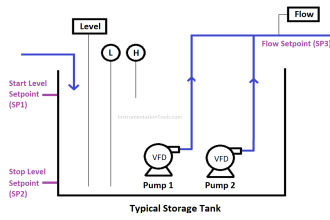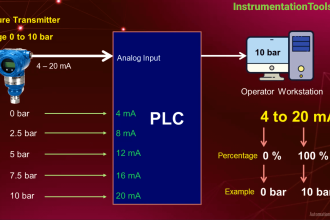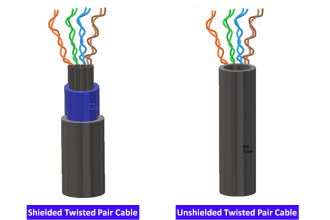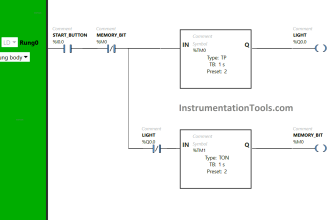A temperature controller is a device used to control the temperature using PID function using a feedback sensor or with ON/OFF algorithm
We all know how important a temperature controller is for an industrial application. If you want to maintain a certain degree of temperature for a process to go on smoothly, then a temperature controller will be required. Maintaining temperature is the most used calculation in any process because temperature is one such parameter that affects many things indirectly.
But, selecting a temperature controller is a hectic task because temperature is a very critical parameter. So, it is necessary to keep certain things in mind before buying the right temperature controller for your application. In this post, we will see the factors to consider when buying a temperature controller.
What is a Temperature Controller?
As the name suggests, a temperature controller is a device that is used to control the temperature by reading its feedback first and then controlling its output accordingly.
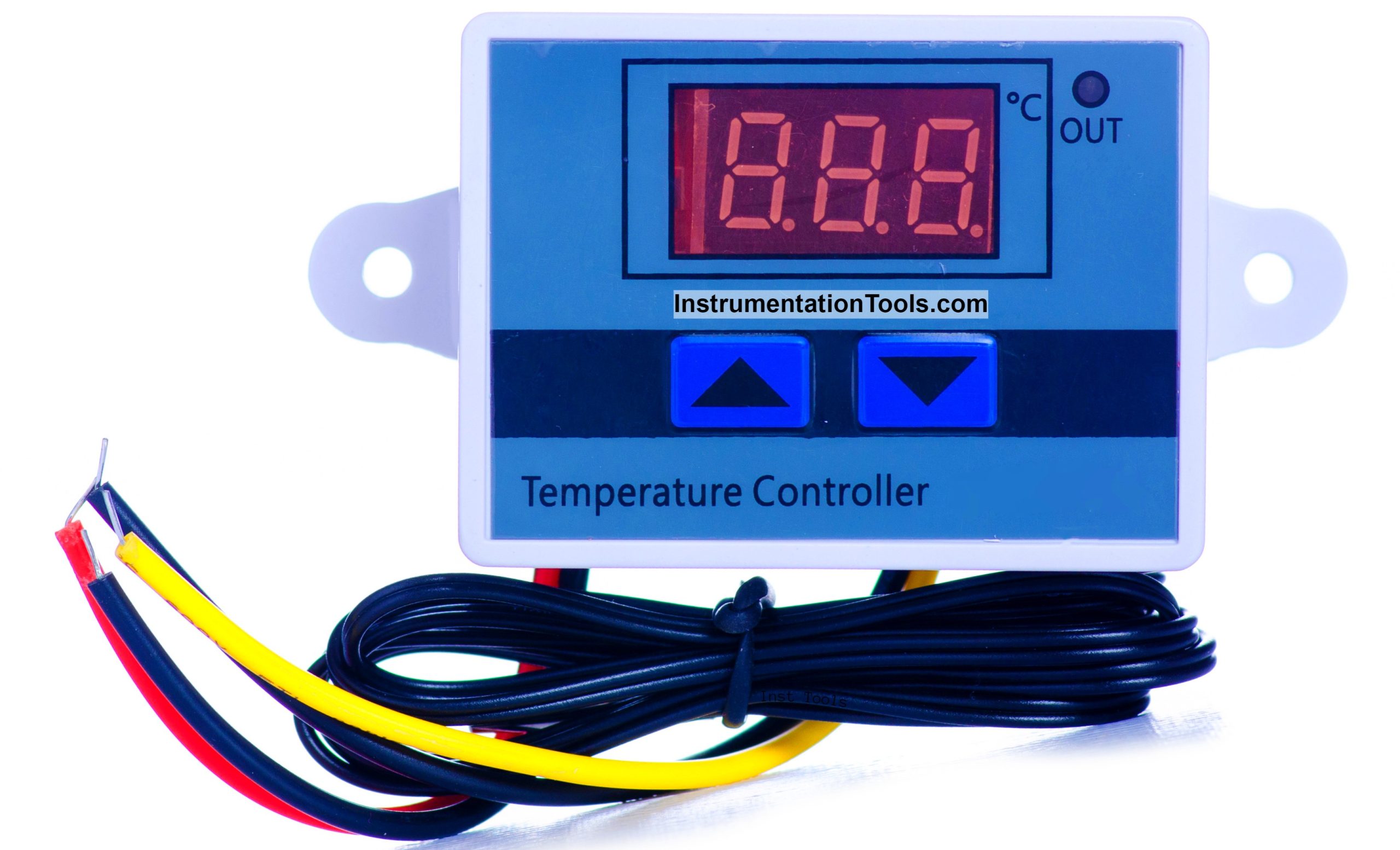
Simply take an air conditioner for example. It is nothing but a temperature controller.
You set the temperature to 25° and as the AC monitors the current room temperature continuously, it accordingly varies the compression to maintain the temperature. If the temperature is high, then compression increases to decrease the temperature and if the temperature goes low, then compression decreases to increase the temperature once again. So, it is a type of closed-loop control where the actual feedback of the sensor is taken to vary the output accordingly.
The controlling happens through an algorithm called PID (proportional – integral – derivative). It works on the closed-loop mechanism which gets feedback and controls the output by continuously trying to minimize the error.
It is also controlled by an on-off algorithm. In this, the output is controlled by turning it on or off based on temperature feedback. So, PID will vary output continuously whereas on-off will turn on or off the output on a timer basis.
How to Choose a Temperature Controller?
- Temperature Range – The very first thing is the temperature range you require. If you maintain a certain temperature, then always choose one with higher-rated temperature settings. This means, if you want a maximum setpoint of 75°, then choose the one with a settable range of 150°.
- Control Action – Control action, as discussed earlier, is a very important parameter. If you have an analog output for control, then choose a PID controller and if you have a digital output (on-off) for control, then choose an on-off controller. Choosing the wrong output control will not do anything.
- Power Supply – If you have DC power supply in your electrical panel, then choose a DC powered controller and if you have AC power supply, then choose an AC powered controller. So, choosing according to available power supply is a must.
- Stage Action – Suppose you have an application where either heating or cooling action is required, and you have other one where both the actions are required. So, there are two types available – single stage and dual stage. In single stage, you can do only one action and in dual stage, you can do both actions.
- Requirement for external communication – Many a times, it is required to share the data of controller like setpoint, current temperature and other settings with devices like PLC. If there is no communication protocol in the controller, then you cannot share data. So, choose the one which has provision for communication exchange.
- Type of input sensor – Not all controllers support all types of inputs like RTD, thermocouple, PT100, PT1000, or NTC. Depending on what type you have, choose the controller which will support that sensor.
- DIN size and dimensions – As these controllers are mounted inside a panel, mounting it is important. This is done by considering DIN rail size. This must be selected properly for mounting it properly. Also, properly figure out your cut-out dimensions and choose the controller which will fit in that size accordingly.
- Display type – Displays come in two types – touchscreen and a basic display (keypads). Depending on what you require, choose that one accordingly.
- Environmental specifications – Depending on where you are placing the controller, read it’s environment specifications first. They are written on the controller and choose the one accordingly.
If you liked this article, then please subscribe to our YouTube Channel for Instrumentation, Electrical, PLC, and SCADA video tutorials.
You can also follow us on Facebook and Twitter to receive daily updates.
Read Next:
- Industrial Automation Mobile Apps
- Real-time PLC Automation Projects
- Discrete Manufacturing Automation
- Automation Sales and Marketing Tools
- Industrial Automation Wireless Technology

